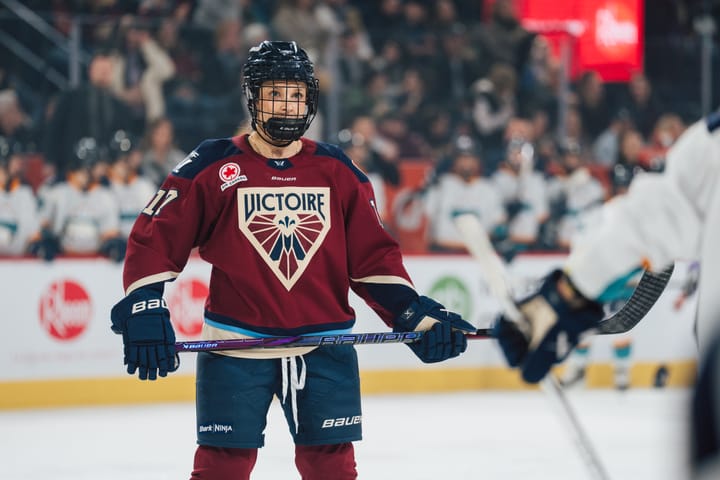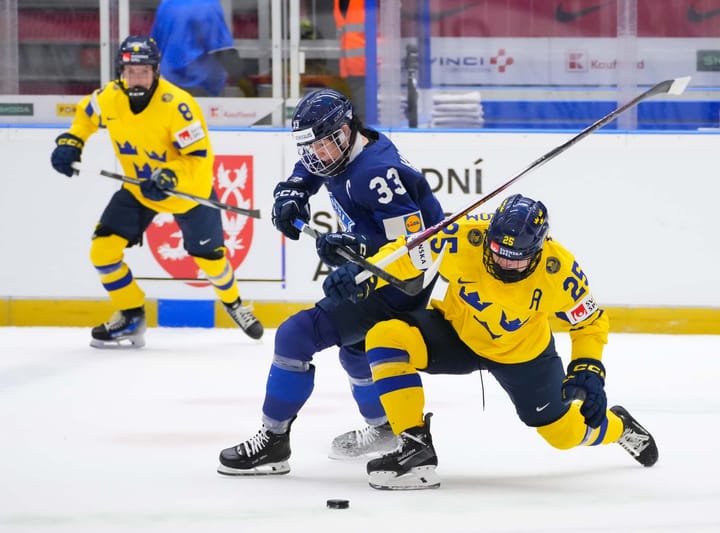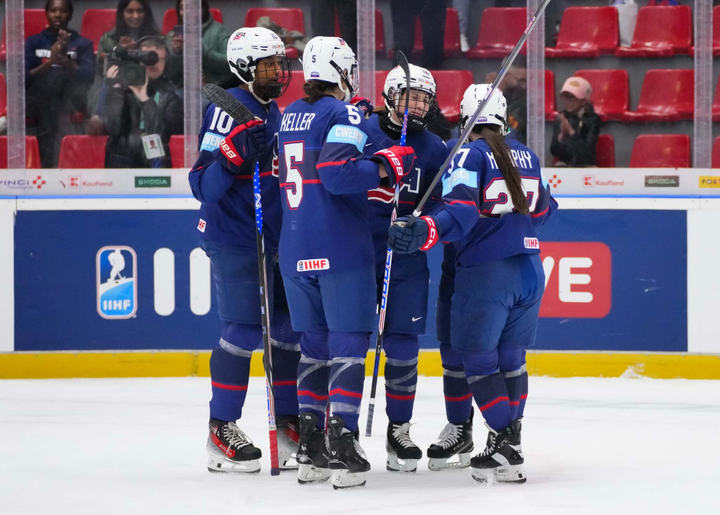How We Got from #OneLeague to #ForTheGame
and, maybe, a bit of the why.
Being a female hockey player isn’t easy. It’s not glamorous, and it definitely never has been. To give you some idea of why the players united #ForTheGame, I’m taking a look at what it’s been like to play pro hockey in North America as a woman over the last few years.
In its first year, 2015-16, the salary cap for the NWHL was $270,000. To give you a little context, the 2015-16 salary cap in the NHL was $71.4 million. The highest-paid NWHLer in the first season made $25,000, which is well below living wage in any state, and especially in states with NWHL teams like Massachusetts and New York. The lowest-paid player made only $10,000.
Let me break down some of the costs of hockey equipment:
- A good pair of senior skates (CCM RibCor 70k): $699.99
- A good composite stick (CCM SuperTacks 105 Flex): $229.99
- Gloves (CCM HG41): $109.99
- Pants (CCM HG70): $99.99
- Helmet (Warrior Alpha One): $129.99
- Elbow Pads (Warrior Alpha QX): $99.99
- Shin guards (Warrior Alpha QX): $109.99
- Shoulder pads (Warrior Dynasty AX2): $69.99/
That’s over $1,500 just to gear up with new stuff. Let’s say you don’t buy new elbows, shoulders, or shins. Still, by the time you buy a new stick and a new pair of skates, you’re almost out $1,000. And that’s only one stick. Let’s take a moment to remember every time we’ve watched a NHL player break a stick in frustration.
The numbers were much the same for the second year of the NWHL until salaries were halved mid-season. Then, in the 2017-18 seasons, the lowest-paid player made $5,000. Last season, the salary cap was $100,000. Riveters goalie Kimberly Sass tweeted that she paid more to play hockey than she got paid to play it.
In 2018 after tax write offs, I paid more money to play professional women’s hockey than I earned.
— Kimberly Sass (@_thedailysass) April 24, 2019
We are hoping to push the pace of change for the future generations of girls that are excited to get out and play! #taxmonth #PSA #womenshockey #truth #genderequity #staysassy pic.twitter.com/QQzWTSNevq
The grass was not greener on the other side.
The CWHL only began paying its players in the 2017-18 season. The salary cap for each team was set at $100,000 with a minimum salary of $2,000 and a maximum salary of $10,000. So, essentially, no matter which league a player played in their situation was the same: nobody was making anywhere near a livable wage, and many of them were probably paying more to take the ice than they were getting paid to do it. The CWHL players played more games, but also had to figure out how to take a week or so off of work to go play in China against Kunlun.
As of the 2015-16 season, the minimum salary paid to a player in the AHL was $42,375. That, at least, is closer to minimum wage. An important thing to note is that the AHL, along with the ECHL, is represented by a labor union: the Professional Hockey Players’ Association. While the NWHL has a player’s association that does work with attorneys, there is no recognized union for women’s professional hockey players.
Many of the concerns being voiced by the #ForTheGame releases are concerns that players presented during the 2016-17 NWHL season, when salaries were abruptly cut in half in the middle of the season.
NWHL players response to the league. #NWHL pic.twitter.com/P6Biz4id0v
— Meghan Duggan (@mduggan10) November 19, 2016
While the NWHL has become more transparent about who its investors are, it’s clear that insurance is still a major concern for players, as it should be — especially when their salaries are so meager. Before the CWHL folded, the focus of the players was on #OneLeague. Once there was only one league, the focus shifted to #TheRightLeague. It’s clear that these players feel the NWHL, as it stands today, is not that league. And, while there are plenty of questions surrounding the boycott and its goals, it’s obvious where these frustrations came from, and exactly how valid they are.





Comments ()